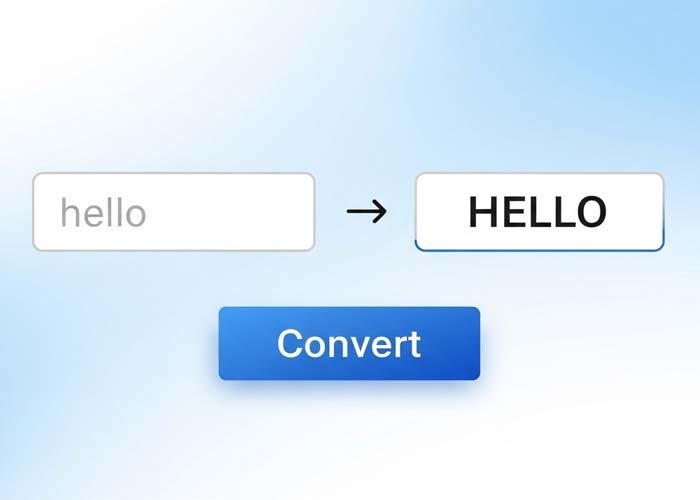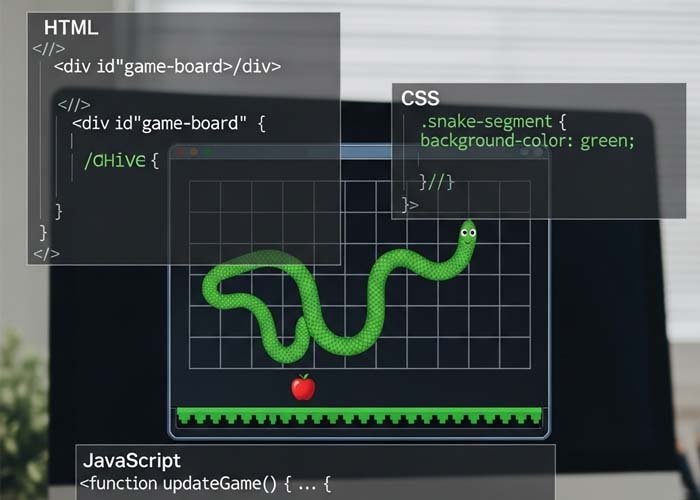Hover Card Animation UI Design with Icons Using HTML & CSS
In this post, we’re exploring a visually dynamic and interactive UI design — a hover card animation built entirely with HTML and CSS. This animation transforms a simple card into a visually layered interface with floating icon boxes, glowing gradients, and smooth transitions, making it a great learning project for aspiring front-end developers.
How the Hover Card Design Works
This card animation is centered around a square container that reacts when the user hovers over it. At rest, the card appears minimal — a rounded, soft-shadowed box with a central logo. But on hover, several icon layers slide in from the background, giving a sense of depth, motion, and interactivity.
The effect is achieved using CSS transitions, absolute positioning, and transform-origin logic to make elements animate into view in a natural and visually pleasing way.
Main Components of the Animation
1. The Card Container
The .card acts as the main wrapper. It’s styled with a light background, rounded corners, and a subtle box-shadow for depth. The entire card scales up slightly on hover using the transform: scale() property, giving it a responsive, animated feel.
2. Background Gradient
A decorative .background layer fills the card with a radial gradient composed of vibrant colors, helping the icons and logo stand out. This gradient gives the interface a soft, modern aesthetic.
3. Central Logo
The .logo SVG is centered using translate(50%, 50%) positioning. When the card is hovered over, the logo slides diagonally into the top-right corner. This shift helps create space for the animated icon boxes and adds movement to the design.
Animated Boxes and Icons
Each .box element holds a unique icon and enters the screen from different angles when the card is hovered over. These boxes use:
Absolute positioning (with negative bottom and left values) to start off-screen
Transition delays to stagger their appearance
Custom radial gradient backgrounds revealed on hover
SVG icons with drop-shadow effects that glow when hovered
The animation sequence gives the impression that the icons are “rising up” into position from outside the card, and it’s all done using simple timing techniques and layered transitions.
Box Variations
Box 1: The largest, appears first, showcasing a camera or photo-related icon
Box 2: Medium-sized, arrives shortly after, typically with a social media icon
Box 3: Smaller, with a messaging or community icon
Box 4: Smallest and most delayed, left empty for customization
Each box features its own background gradient and hover glow effect, reinforcing the animated and interactive style.
Key CSS Techniques Used
This design is a great example of how much you can achieve with just HTML and CSS. Some of the key techniques include:
position: absoluteandtransformfor animation controltransitionandtransition-delayfor staggered timingbox-shadowandfilter: drop-shadow()for subtle glow effectsradial-gradient()for creating soft and colorful backgroundshoverstates to trigger movement and style changestransform-origin: bottom leftto control rotation entry points
No JavaScript is needed — just clean CSS transitions and layout logic.
Why This is Great for Learning
If you’re learning front-end development, this project offers valuable practice with:
Responsive layout design
Interactive hover effects
SVG icon integration
Layering and animation sequencing
Real-world UI/UX animation principles
It also encourages experimentation — you can easily change icon sets, background gradients, transition speeds, or scale values to create different visual styles or themes.
Final Thoughts
This hover card animation is a great exercise for anyone looking to explore modern UI effects using only HTML and CSS. It’s smooth, stylish, and perfect for use in profile cards, portfolios, dashboards, or even landing pages.
This code uses HTML and CSS only — no JavaScript included.
Copyright – 2025 Smit-Prajapati (Smit Prajapati)
Permission is freely granted to anyone who obtains a copy of this software and its accompanying documentation files (referred to as “the Software”), allowing them to use, copy, modify, merge, publish, distribute, sublicense, and even sell copies of the Software. Additionally, users are allowed to permit others to use the Software under these same terms.
It is required that the above copyright notices and this permission notice be included in all versions or significant portions of the Software.
Please note, the Software is provided “as is”, without any form of warranty—express or implied. This includes, but is not limited to, warranties of merchantability, fitness for a specific purpose, or non-infringement. Under no circumstances shall the original authors or rights holders be held responsible for any claims, damages, or other liabilities that may arise from the use of the Software, whether through legal action, negligence, or otherwise.
All code on Freeofcosts.com is reviewed before publishing. Each post includes a live code editor with real-time preview, so you can experiment and learn by doing. Most code is open-source and free to use or modify under respective licenses.



